How Do I Train My Puppy to Stay: Easy Steps for Success
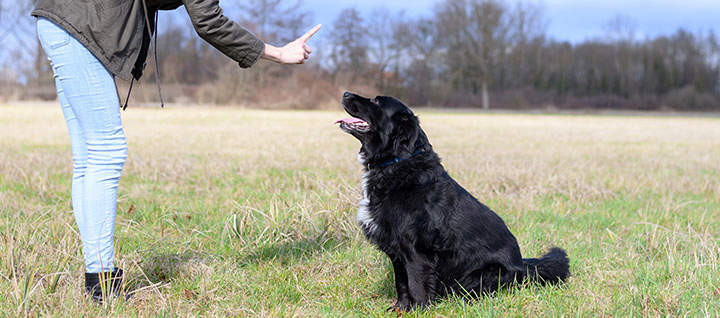
How Do I Train My Puppy to Stay? Teaching your puppy to stay is a crucial skill. It helps them stay safe and well-behaved.
Many new puppy owners question how to teach this command. “Stay” is more than simply a word; it promotes trust between you and your dog. Teaching your puppy to stay can help them develop self-control and patience. This skill is useful in a variety of scenarios, such as opening the door or asking them to wait for food.
Training sessions should be enjoyable and rewarding. With the appropriate approaches, anyone can teach their puppy this command. This article will walk you through basic methods to make the training experience easier and more fun. Prepare to bond with your pet friend while teaching them this vital skill.
Introduction To Puppy Training
Teaching your puppy to stay is very important. It keeps them safe. This command helps control your puppy in different situations. For example, it can stop them from running into the street.
Set realistic expectations during training. Puppies need time to learn. Start with short sessions, about 5-10 minutes. Be patient and consistent. Use positive reinforcement. Give treats or praise when they follow the command.
Practice in quiet places first. Gradually add distractions. This helps your puppy learn to stay focused. Remember, training takes time. Celebrate small successes along the way.

How Do I Train My Puppy to Stay
Credit: www.nylabone.com
Essential Training Supplies
Choosing the right treats is very important for training. Look for small, tasty options. Soft treats work best. They are easy for puppies to chew. Treats should be high-value. Use them only during training. This makes them special.
Training clickers can help a lot. They make a sound when your puppy does well. This sound tells your puppy they did something right. Clickers help puppies learn quickly. Pair the click with a treat for best results.
Training mats provide a safe space. They help your puppy focus. A mat helps your puppy know where to stay. Use mats during training sessions. They can be very helpful.
Fundamentals Of ‘the’stay’ Command
Training your puppy to stay is important. Start with short sessions. Keep them fun and positive. Use a calm voice. Your puppy will respond better this way.
Body language is very important. Stand tall and confident. Use your hands to show what you want. Make eye contact. This helps your puppy understand.
Be patient. Puppies learn at their own pace. Reward them with treats or praise. This encourages good behaviour. Practice often for the best results.
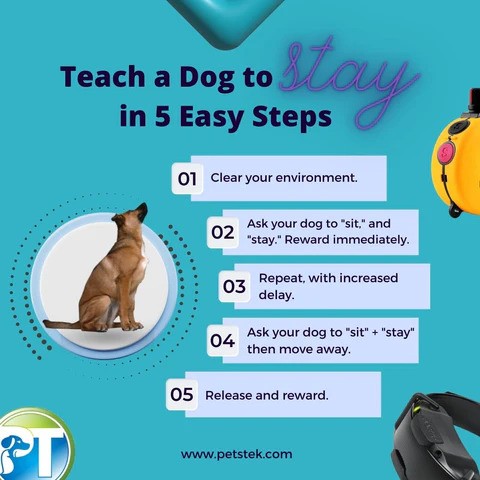
How Do I Train My Puppy to Stay
Credit: petstek.com
Step-by-step Training Guide
|
To train your puppy to stay:
|
Common Mistakes To Avoid
Avoid repeating commands too often. This can confuse your puppy. Use a clear command just once. Wait for your puppy to respond. If they do, gently guide them.
Consistency is key. Always use the same words for commands. Everyone in the house should follow the same rules. This helps your puppy learn faster.
Losing patience is easy but harmful. Training takes time. Puppies may not understand right away. Stay calm and positive. Celebrate small wins. This will encourage your puppy to learn.
Positive Reinforcement Techniques
Timing is very important in training your puppy. Give rewards right after your puppy does well. This helps them connect actions with rewards. A quick response shows them they did something good.
Verbal praise and affection are great tools. Use a happy voice when your puppy listens. Petting and hugs also help them feel good. They will want to repeat good behaviour for your praise.
Phasing out treats is key. Start by giving treats less often. Slowly use more praise instead of food. This helps your puppy learn to behave without expecting treats all the time.
Troubleshooting Training Challenges
Training a stubborn puppy can be hard. They may not listen. Stay calm and patient. Use positive reinforcement. Give treats for good behaviour. This encourages them to repeat actions.
If your puppy fails to follow commands, reset your training. Go back to basics. Use simple commands like “sit” or “stay.” Keep training sessions short. Five to ten minutes is best.
Always end on a positive note. Praise your puppy even for small successes. This builds their confidence. Gradually increase the difficulty of commands. This helps them learn and stay engaged.
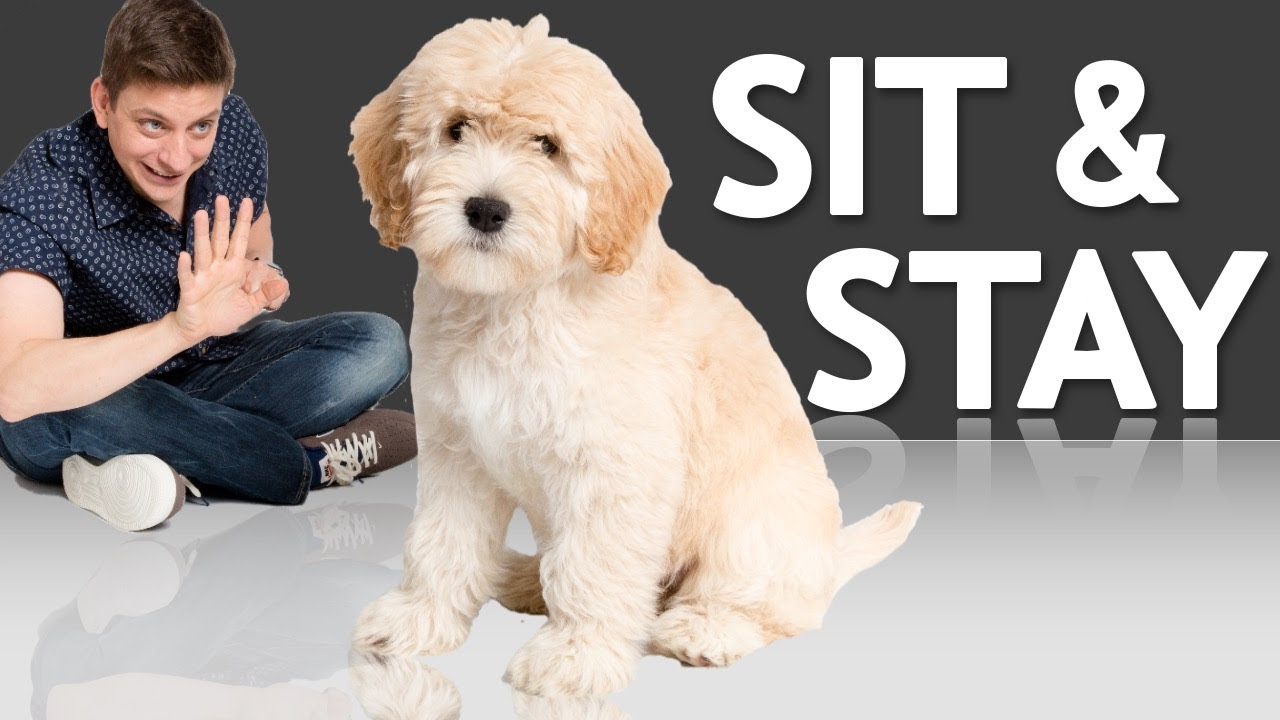
How Do I Train My Puppy to Stay
Credit: m.youtube.com
Advanced Stay Training
To train your puppy for longer durations, start small. Begin with a few seconds. Gradually increase the time. Use a timer to track progress.
For distances, practice moving away slowly. Start by standing close. As your puppy learns, increase the distance. Always return to reward your puppy for staying.
Practice in different environments. Start at home. Then move to your yard. Take your puppy to parks or busy streets. This helps your puppy learn to stay no matter where you are.
Use high-value treats. This motivates your puppy to stay. Always praise and reward good behaviour. Keep training sessions short and fun.
Maintaining And Building On Training
Regular practice is key for puppy training. Short sessions work best. Aim for 5 to 10 minutes each time. Keep it fun and positive. Use treats or toys as rewards.
Incorporate the “stay” command into daily activities. Use it before meals. Ask your puppy to stay while you prepare food. Practice at the door before going outside. This helps your puppy learn the command well.
Always be patient. Young puppies need time to understand. Repeat the command clearly. Show excitement when they succeed. This builds their confidence and strengthens your bond.
Conclusion And Further Resources
Celebrate your puppy’s milestones. Each small step counts. Acknowledge their progress. Give them a treat or a kind word. This helps them feel proud.
Use these training resources to help your puppy learn:
| Resource | Description |
|---|---|
| Books | Find guides on puppy training techniques. |
| Videos | Watch tutorials for visual learning. |
| Classes | Join local puppy training classes for hands-on help. |
| Websites | Explore online forums for tips from other owners. |
Use these tools wisely. They can make training fun and effective.
Frequently Asked Questions
How Do I Start Training My Puppy To Stay?
Begin by choosing a quiet space without distractions. Use a treat to get your puppy’s attention. Say “stay” while showing the treat. Gradually move away, and reward them for staying. Consistency is key, so practice this daily for effective results.
What Age Can I Teach My Puppy To Stay?
You can start teaching “stay” as early as 8 weeks old. Puppies are capable of learning basic commands at this age. Keep training sessions short and fun to maintain their interest. Reinforce positive behaviour with treats and praise for best results.
How Long Should I Train My Puppy Each Day?
Aim for 5 to 10 minutes of training daily. Puppies have short attention spans, so brief sessions work best. Frequent, short training sessions help reinforce learning. Always end on a positive note to keep your puppy motivated.
What Treats Are Best For Training My Puppy?
Use small, soft treats that are easy to chew. Choose high-value treats that your puppy loves, like chicken or cheese. You can also cut regular treats into smaller pieces. This keeps them engaged and eager to learn.
Conclusion
How Do I Train My Puppy to Stay? Training your puppy to stay takes patience and consistency. Start with short sessions. Use treats and praise to reward good behaviour. Keep practicing fun and positive. Gradually increase the time and distance. This helps your puppy learn to stay in place.
Remember, each dog learns at their own pace. Celebrate small successes along the way. With time and effort, you will see great results. Enjoy the bonding experience while training together. A well-trained puppy brings joy and harmony to your home.
Stay committed, and your puppy will thrive.


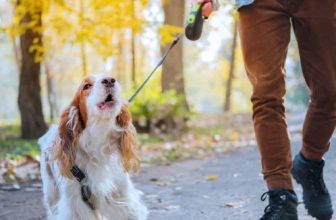


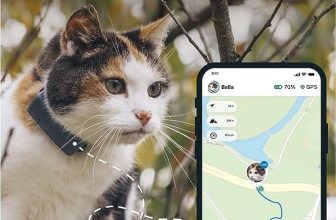

[…] Puppy training can appear difficult, yet it is rewarding. Puppies are interested and eager to learn. They absorb fresh information like a sponge. With patience and persistence, you can teach your puppy basic commands and manners. This training helps your puppy feel secure and understand their role in your household. Early training also prevents negative behaviours from emerging. You want a dog that is well-behaved and attentive to you. You may build a loving and respectful relationship with your puppy by starting training early and using positive methods. Let’s look at some effective ways to train your new furry friend. […]
[…] To train a service puppy is a long journey. Ongoing training helps the puppy learn new skills. Regular practice keeps the puppy sharp. Use positive reinforcement for better results. Treats and praise work well. Consistency is key. Always train in a calm space. […]